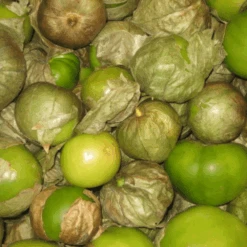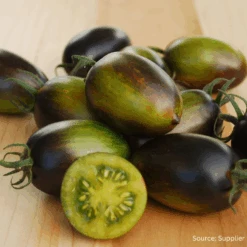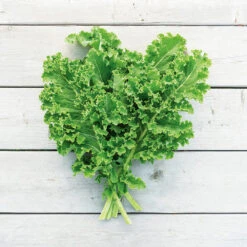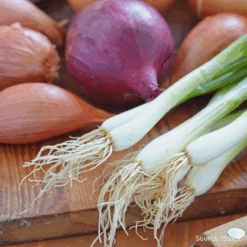Spearmint
$12.00 Original price was: $12.00.$8.40Current price is: $8.40.
- Shop with Ease
- Get Quality, Get More
- Your Security is Our Promise
- Your questions, our prompt answers.

Spearmint leaves can be used fresh, dried or frozen. The leaves lose their aromatic appeal after the plant flowers. The aromatic oil is a common ingredient in many cosmetics including toothpaste and in confectionery like chewing gum. Spearmint oil has also been used successfully as a natural insecticide and fumigant.
Medicinally spearmint has antimicrobial and antibacterial properties, diluted in water it may be effective as a throat gargle for sore throats.
Spearmint leaves are infused in water to make tea, and an ingredient of Maghrebi mint tea common in Morocco. A classic ingredient in mixed drinks like the mojito and mint julep and the leaves floated in many other drinks.
Culinary use includes eaten fresh in salads and made into mint sauce.
Due to its spreading, invasive rhizomes, it is often grown in pots or planters to restrict the spread. Spearmint can readily adapt to grow in various types of soil and in full sun or part shade. It does prefer a moist habitat and will thrive where moisture is plentiful.
Also known as garden mint and common mint.
Surface Sow: Requires light to germinate. Scatter seed on the surface. Press seed down into the soil. Keep moist.
| Size | 1000 seeds, 10 grams |
|---|













Reviews
There are no reviews yet.